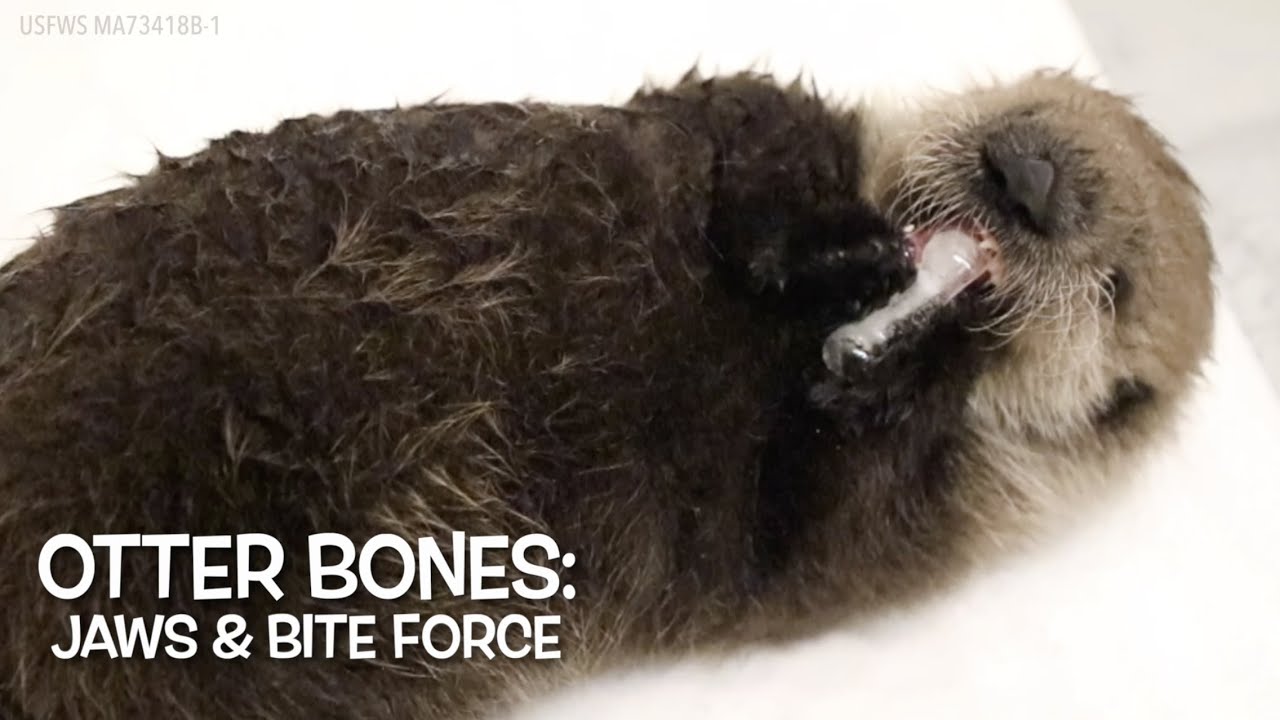Summary:
1. Sea otter skulls are uniquely adapted for their diet of hard-shelled prey
2. Their strong jaws and teeth allow them to crush shells with ease
3. Otters have specialized dental adaptations for efficient eating
4. Their skull structure plays a role in their diving abilities
5. Sea otter skulls can provide valuable insights into the species’ evolutionary history
Welcome back to Part 2 of our Sea Otter Bones series! In this edition, we dive deep into the fascinating world of sea otter skulls and jaw strength. Prepare yourself for some jaw-dropping otter skull facts!
Sea otters are known for their impressive ability to easily crack open shells, thanks to their strong jaws and powerful bite force. Let’s explore the unique features of their skulls that allow them to excel in their quest for a tasty meal.
1. Uniquely Adapted Skulls
Sea otters have evolved specialized skull features to accommodate their diet of hard-shelled prey, such as clams, mussels, and sea urchins. Their skulls are relatively large compared to their body size, providing ample space for strong jaw muscles to attach.
2. Crushing Power
Imagine having a bite force comparable to a black bear – that’s what sea otters possess! Their jaws are incredibly strong, allowing them to crush shells effortlessly. With each bite, they exert tremendous pressure, breaking through the tough exteriors of their prey.
3. Dental Adaptations
Sea otters also boast fascinating dental adaptations that aid in their efficient eating. Their teeth have become flattened and broad, perfect for grinding down shells. The back molars are especially robust and possess sharp cusps that aid in crushing shellfish.
4. Diving Abilities
The structure of a sea otter’s skull plays a crucial role in its impressive diving abilities. Their skulls are more elongated than other otter species, allowing them to streamline their underwater bodies better. This streamlined shape reduces drag and enables them to swim swiftly and accurately to pursue their prey.
5. Valuable Insights
Studying sea otter skulls can provide valuable insights into the species’ evolutionary history. By examining the skull morphology of different otter populations, scientists can piece together the puzzle of their dispersal and migration patterns over time. Additionally, skull analyses can shed light on the impacts of habitat degradation and environmental changes on these charismatic creatures.
The sea otter’s skull is a marvel of adaptation and efficiency. Its specialized features allow it to thrive in its unique marine habitat. Now that you’re armed with some intriguing facts about sea otter skulls, let’s take a moment to appreciate these charismatic creatures’ incredible diversity and adaptability.
Next time you spot a sea otter in a zoo or the wild, take a closer look at its skull and marvel at the wonders of nature. The strength and intricacy of their skulls remind us of the incredible adaptations in the animal kingdom.
So, the next time you find yourself wandering through a zoo or exploring the great outdoors, keep an eye out for these fascinating creatures. Take a moment to appreciate their strength, beauty, and the amazing adaptations that make them who they are.
We hope you enjoyed this deep dive into sea otter skulls and jaw strength. Stay tuned for our next installment in the Sea Otter Bones series. Until then, keep exploring the world of wildlife and let nature’s wonders continue to inspire you!
*****
Source Description
Prepare yourself for some jaw-dropping otter skull facts!
ASLC educator Katie and veterinary assistant Hanna are here to chat about sea otter jaw strength and the special skull features that allow them to have a bite force comparable to a black bear!
This “Virtual Visit” episode is made possible by the generous support of our sponsors. Thank you, Royal Caribbean Group, for making this free program possible!


